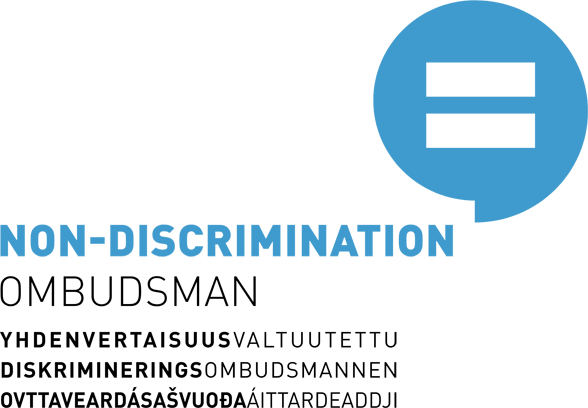Identifying forced marriages as a form of human trafficking
The Asylum Unit of the Finnish Immigration Service is continuously improving the methods it uses in the fight against human trafficking, and it has been great to see the progress that we have made. One area of development has been to place increasing emphasis on examining human trafficking within the context of gender-based violence.
In 2017, the Unit expanded the role of the human trafficking expert to include different themes related to gender-based violence, such as forced marriages. In 2018, the processing of forced marriage cases was examined and a guideline was published on taking the threat of forced marriage into account as part of the asylum process. Decision-makers have also been provided with extensive training on the subject. The aim has been to effectively identify forced marriages and to classify them as a form of human trafficking, and this process has proven to be a success.
For example, when a young woman is interviewed during the asylum process and she explains that her relatives have made arrangements for her marriage, the investigative process will also take the possibility of human trafficking into account. This will allow her to be quickly directed to the national assistance system for victims of human trafficking.
In 2015, a great number of asylum seekers arrived in Finland and the number of forced marriage cases also increased. When it comes to implementing the rights of asylum seekers, it has been vital to identify and classify forced marriages as a form of human trafficking. The expertise of the Asylum Unit’s personnel has played a significant role in identifying gender-based violence, because it is often very difficult for asylum seekers to speak about the subject. Identifying the phenomenon at the first stage of the asylum process can also help shorten the duration of the entire process.
The development work that has been carried out in the Asylum Unit has helped support and harmonise the assessment of forced marriages as a basis for international protection, and it has also helped ensure that the possibility of human trafficking is taken systematically into account in cases of forced marriage.



